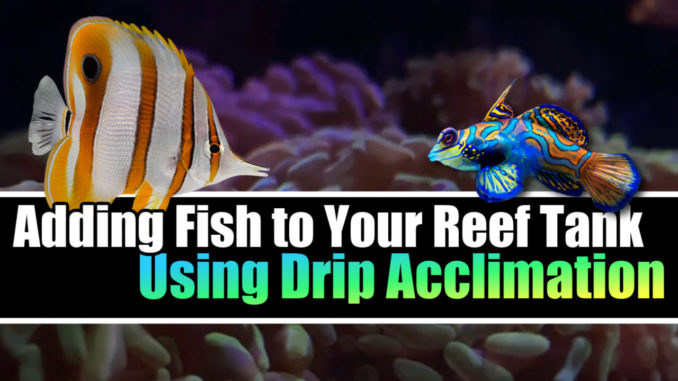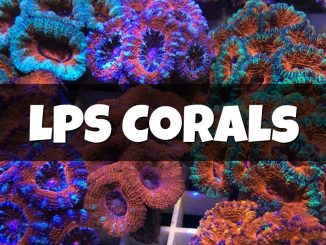
Setting up and maintaining a reef tank is a rewarding pursuit, and the careful introduction of fish is a crucial step in the process. In this guide, we will explore the additional step of drip acclimation, a method that helps fish adjust gradually to their new environment. This process is especially important for maintaining optimal water conditions and reducing stress during the introduction of new marine inhabitants.
Tank Maturity:
Before introducing any fish, ensure that your reef tank has undergone the necessary maturation process. This involves establishing a stable biological filtration system over several weeks to months, providing a foundation for a healthy marine ecosystem. This is often referred to as cycling an aquarium.
Research and Compatibility:
Thoroughly research the fish species you plan to introduce, considering factors such as temperament, size, and dietary requirements. Choose species known to be compatible with reef environments to avoid potential conflicts with corals and other tank inhabitants.
Tank Size and Space:
Ensure your tank is appropriately sized for the fish you plan to introduce, taking into account their adult size. Create hiding spaces with live rock or decorations to reduce aggression and provide shelter for the new additions.
Water Parameters:
Regularly test and maintain optimal water quality, including parameters such as temperature, pH, salinity, and nutrient levels. Different fish species have specific requirements, so it’s crucial to meet these needs for a healthy environment.
Quarantine:
Set up a separate quarantine tank and quarantine new fish before introducing them to the main tank. This helps prevent the spread of diseases and parasites. Treat any issues detected during the quarantine period.
Drip Acclimation Process:
Drip acclimation involves a slow and controlled transition of the fish from the bag to the tank water. Begin by floating the sealed bag in the tank to equalize the temperature. Then, secure the bag above the tank using a clip or similar method.
- Airline Tubing Setup:
Insert one end of airline tubing into the bag, securing it with a knot or a clip. Start a siphon by sucking on the other end or using a siphon starter. Adjust the drip rate to achieve a steady and slow flow of tank water into the bag. We also like you using the Innovative Marine Accudrip Acclimator - Adjusting Drip Rate:
Aim for a drip rate of approximately 2-4 drips per second. The entire process should take around 1 to 2 hours. Monitor the water volume in the bag to prevent overfilling.
Acclimation Completion:
Once the water volume in the bag has doubled, carefully net the fish and introduce it into the main tank. Discard the water from the bag to avoid introducing potential contamination into your reef tank.
Feeding and Monitoring:
Offer a balanced diet suitable for the specific needs of your fish. Monitor their behavior, feeding habits, and interactions with other tank inhabitants. Keep an eye out for any signs of stress, disease, or aggression.
Introduce Fish Gradually:
Avoid introducing a large number of fish at once. Slowly add fish over time to allow the tank’s ecosystem to adjust and maintain a stable balance.
Consult with Experts:
Seek advice from experienced hobbyists, aquarium service providers, or reputable aquarium forums. Their insights can be invaluable for troubleshooting issues and optimizing the health of your reef tank.
Conclusion:
Drip acclimation is a valuable technique to ensure a smooth transition for new fish into your reef tank. By combining this method with careful planning, research, and regular monitoring, you can establish a thriving marine ecosystem that promotes the well-being of both fish and corals in your aquarium.




